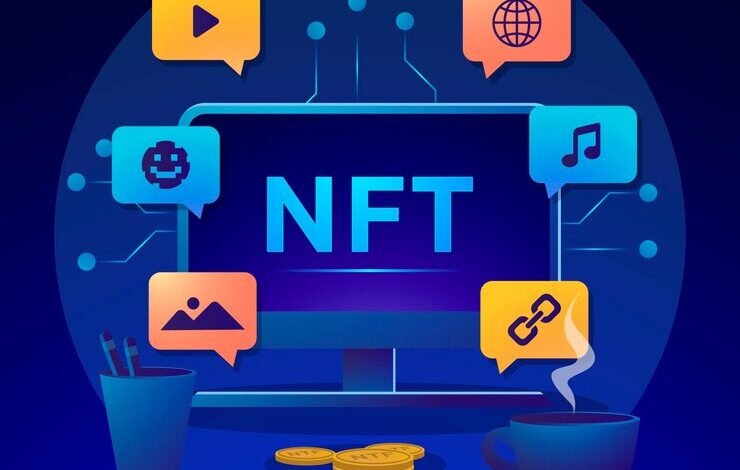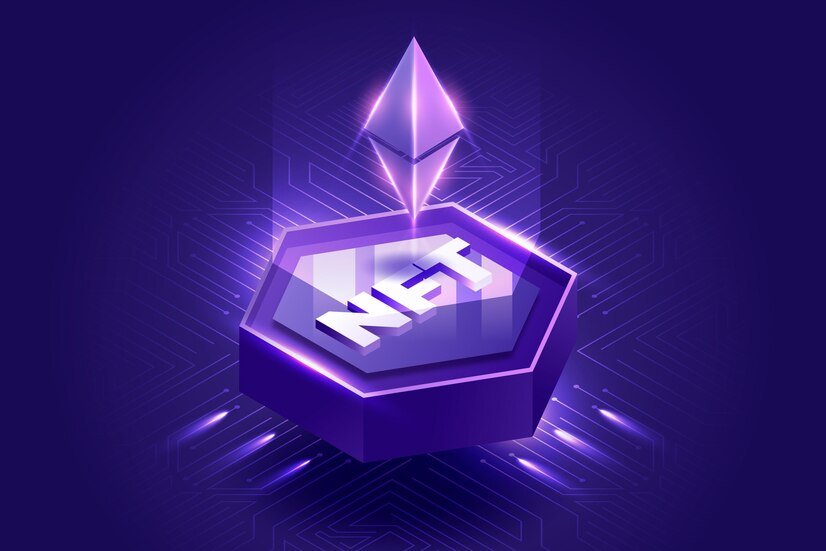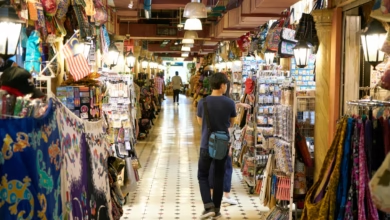NFTRandomize: Redefining Creativity and Ownership

The rise of NFTs (non-fungible tokens) has reshaped the digital landscape, offering creators and collectors a revolutionary way to engage with assets. Amid this dynamic space, one trend is capturing significant interest—NFTrandomize From generating excitement to creating unique digital experiences, randomization is proving to be a game-changer. But what does it mean, and how does it work?
This blog explores the concept of NFTrandomize its influence on creators and collectors, its technical aspects, and what the future may hold. Whether you’re an artist, a collector, or someone looking to explore the NFT space, this guide will equip you with valuable insights.
NFTs and Randomization: A Perfect Pair
NFTs are unique digital assets that represent ownership of items like art, music, videos, or virtual collectibles. Using blockchain technology, NFTs ensure authenticity and create value by being distinct and non-reproducible.
Randomization within NFTs takes this uniqueness to another level. Unlike traditional methods where artists upload a pre-determined piece of work, randomization introduces an element of unpredictability. It allows creators to use algorithms to randomly generate assets, ensuring that no two NFTs are alike—even within the same collection.
For instance, instead of creating 10,000 identical digital avatars, a creator can programmatically design variations in styles, elements, or attributes, making each NFT unique and collectible. This randomness enhances the appeal and generates curiosity, fostering an exciting environment for both creators and collectors.
The Rise of NFT Randomization and Its Impact
NFT randomization has emerged as a key trend in the blockchain art and collectibles space. Let’s dig deeper into how it’s affecting different stakeholders:
For Creators:
- Creative Freedom:
Randomization allows creators to explore endless possibilities. Artists can experiment with attributes and aesthetics, letting technology handle the infinite variations of their designs.
- Scalability:
Instead of crafting thousands of NFTs manually, artists can use randomization to create large, diverse collections quickly and efficiently, appealing to a broader market.
- Boosting Market Value:
Rarity equals value in the NFT market. With random attributes, creators can designate levels of rarity to specific traits, boosting demand for certain NFTs within a collection.
For Collectors:
- Added Thrill:
The element of surprise makes NFT drops decidedly thrilling. Collectors often don’t know what specific NFT they’re buying until after the purchase, adding an air of mystery and excitement.
- Exclusive Ownership:
Randomization ensures every NFT is truly one-of-a-kind, making collectors feel an exclusive sense of ownership.
- Opportunities for Investment:
Owning rare NFTs created through randomization can lead to significant returns on investment if the collection gains popularity.
How NFT Randomization Works
The science behind NFT randomization lies in algorithms and blockchain technology, which guarantee that no two NFTs are identical. Here’s how it typically unfolds:
Step 1: Programmatic Design
Creators design individual elements or traits that will be combined to form the NFTs. For example, if a collection consists of animated characters, traits may include hairstyles, clothing, facial expressions, and backgrounds.
Step 2: Setting Rules
Creators set parameters for how traits will be randomized. For example, a specific trait might appear in only 5% of the collection, making it rare. These rules ensure balance and rarity within the series.
Step 3: Random Generation
When the NFT is minted (added to the blockchain), the traits are randomly combined to create a unique asset. The process is powered by cryptographic algorithms and is tamper-proof, meaning neither creators nor buyers can manipulate the results.
Step 4: Minting and Ownership
Once minted, the NFT is permanently assigned to its buyer and stored on the blockchain. Its uniqueness and ownership are verifiable by anyone, ensuring transparency.
Case Studies of NFT Randomization Success
Leading NFT projects have found immense success by tapping into the power of randomization. Here are some notable examples:
1. CryptoPunks
Pioneers in NFTs, CryptoPunks offered a collection of 10,000 randomly generated collectible characters. Today, their rarity and unique traits make them some of the most expensive NFTs, with individual units selling for millions.
2. Bored Ape Yacht Club (BAYC)
BAYC gained massive popularity by randomizing traits such as the background color, clothing, and accessories of their ape avatars. The rarity of traits like golden fur or laser eyes drives demand, establishing BAYC as a marquee project.
3. Art Blocks
Art Blocks specializes in generative art NFTs, where artists use generative scripts to create unique pieces at the time of minting. Their collections have become iconic within the NFT art world.
Lessons for Future Projects:
- Focus on visual or functional diversity to keep collections engaging.
- Strategically introduce rare traits to drive scarcity and value.
- Maintain clarity around randomization rules to enhance buyer trust.
The Future of NFT Randomization
The future of NFTrandomize is bright, but it also comes with challenges and evolving possibilities. Here are some predictions and potential hurdles:
Predictions:
- Interactive NFTs:
The future may bring interactive NFTs where users can tweak random traits post-purchase through dedicated tools.
- AI-Driven Customization:
Combining randomization with AI could give buyers more control over the traits they receive, while still ensuring a level of uniqueness.
- Collaboration Opportunities:
Creators from different industries might collaborate to produce multi-layered randomized NFTs, combining art, music, and even gaming functions.
Challenges:
- Transparency:
Ensuring buyers trust the nftrandomize process is essential. Blockchain technology can address this, but educating the market remains crucial.
- Oversaturation:
The market is already experiencing a flood of NFT collections trying to replicate the same success. Creating original, high-quality content will be critical moving forward.
- Environmental Concerns:
The energy consumption of blockchain networks is a growing concern. Eco-friendly blockchains like Tezos are gaining traction, offering solutions for more sustainable NFT creation.
Tips for Navigating NFT Randomization

For both creators and collectors, here’s how to make the most of the NFTrandomize space:
For Creators:
- Innovate:
Avoid mimicking existing projects. Focus on unique designs and rare traits that resonate with your target audience.
- Communicate Rarity:
Clearly define traits and their scarcity levels to help collectors understand the value of each NFT.
- Engage Your Community:
Build excitement around your drops through social media, exclusive sneak peeks, and rarified collectibles for early supporters.
For Collectors:
- Do Your Research:
Study a collection before buying. Traits, rarity, and the creator’s track record can help gauge long-term value.
- Set a Budget:
The NFT space can be unpredictable, so it’s essential to invest wisely and avoid overpaying during hyped-up drops.
- Join Communities:
Being active in the community often gives you insider knowledge, early access to drops, and connections with fellow enthusiasts.
The Role of Randomization in NFTs’ Future
The intersection of creativity, technology, and randomness is driving the evolution of NFTs. NFTrandomize is not just a passing trend—it’s a fundamental shift in how digital assets are created, distributed, and valued. For creators, it’s an opportunity to push boundaries. For collectors, it amplifies the joy of discovery.
Whether you’re a seasoned collector or new to the NFT ecosystem, staying informed and open to innovation will be crucial as the space continues to evolve.
Are you ready to explore your next randomized NFT drop? Start your collection and join the digital revolution today!




